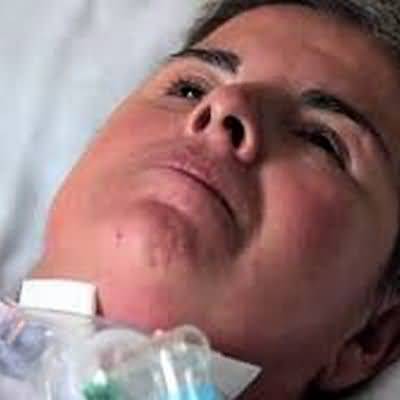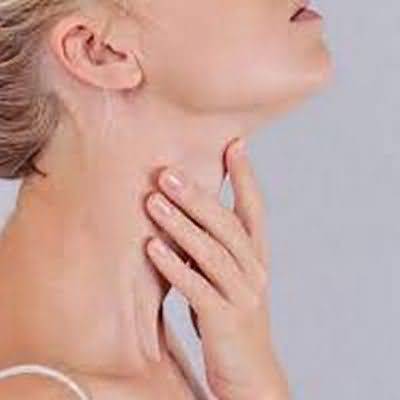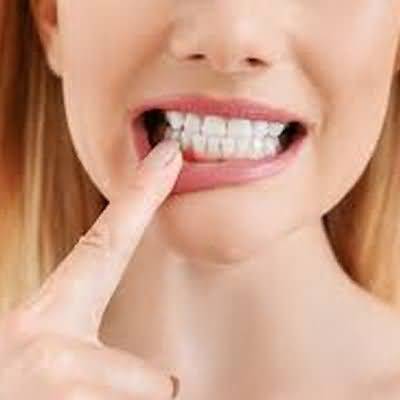tracheostomy cricothyrotomy
tracheostomy cricothyrotomy
There are two primary indications for tracheotomy: airway obstruction at or above the level of the larynx and respiratory failure requiring prolonged mechanical ventilation
In an acute emergency, cricothyrotomy secures an airway more rapidly than tracheotomy, with fewer potential immediate complications, such as pneumothorax and hemorrhage
Percutaneous dilatational tracheotomy as an elective bedside (or intensive care unit) procedure has undergone scrutiny in recent years as an alternative to tracheotomy
In experienced hands, the various methods of percutaneous tracheotomy have been documented to be safe in carefully selected patients
Simultaneous videobronchoscopy can reduce the incidence of major complications
The major cost reduction comes from avoiding the operating room
Bedside tracheotomy (in the intensive care unit) achieves similar cost reduction and is advocated by some experts as slightly less costly than the percutaneous procedures
The most common indication for elective tracheotomy is the need for prolonged mechanical ventilation
There is no firm rule about how many days a patient must be intu- bated before conversion to tracheotomy should be advised
The incidence of serious complications, such as subglottic stenosis increases with extended endotracheal intubation
As soon as it is apparent that the patient will require protracted ventilatory support, tracheotomy should replace the endotracheal tube
Less frequent indications for tracheostomy are life-threatening aspiration pneumonia, the need to improve pulmonary toilet to correct problems related to insufficient clearing of tracheobronchial secretions, and sleep apnea
Posttracheotomy care requires humidified air to prevent secretions from crusting and occluding the inner cannula of the tracheotomy tube
The tracheotomy tube should be cleaned several times daily
The most frequent early complication of tracheotomy is dislodgment of the tracheotomy tube
Surgical creation of an inferiorly based tracheal flap sutured to the inferior neck skin may make reinsertion of a dislodged tube easier
It should be recalled that the act of swallowing requires elevation of the larynx, which is limited by tracheotomy
Therefore, frequent tracheal and bronchial suctioning is often required to clear the aspirated saliva as well as the increased tracheobronchial secretions
Care of the skin around the stoma is important to prevent maceration and secondary infection


















